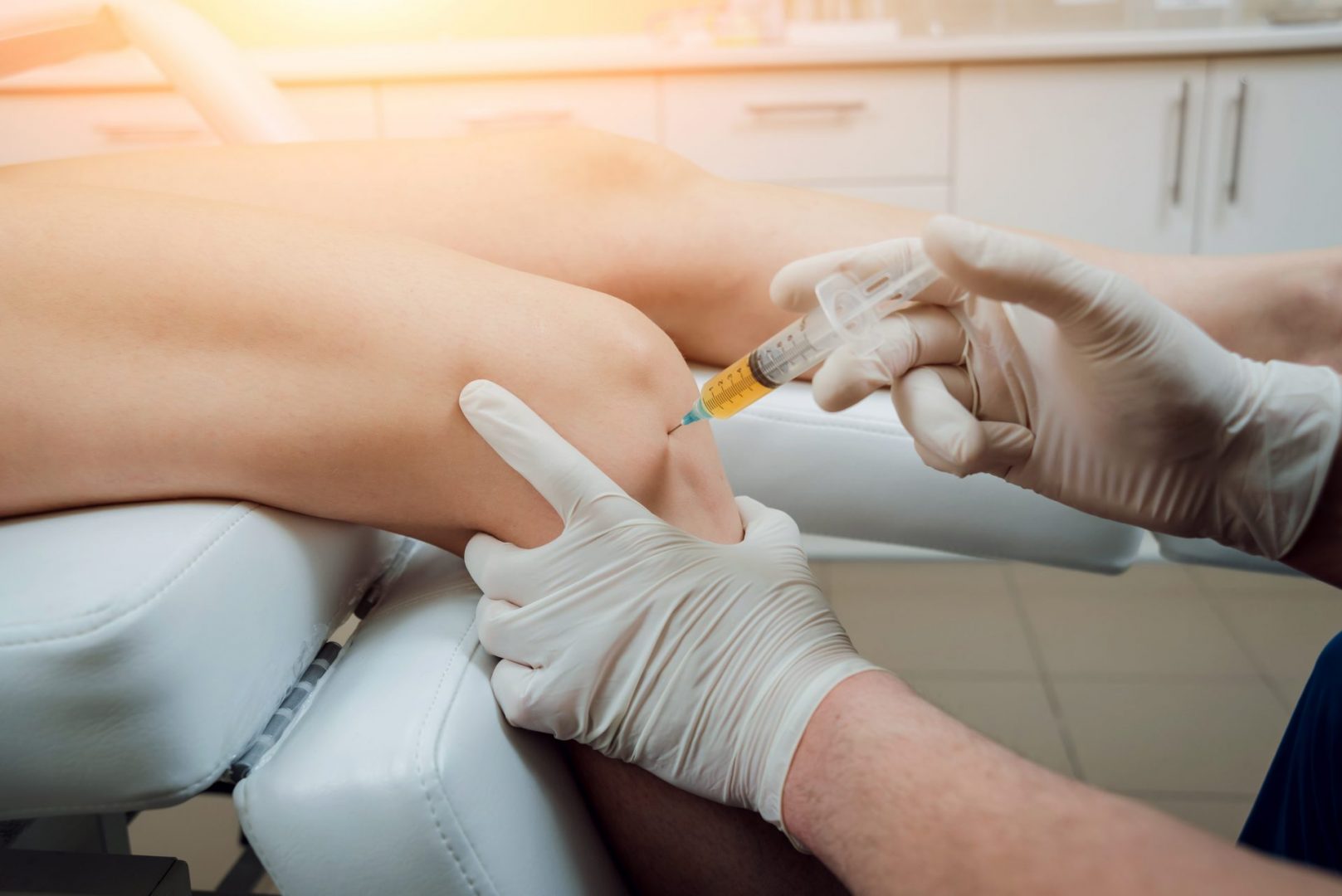
05 Jul How PRP Can Help Certain Musculoskeletal Conditions
Musculoskeletal issues can make life uncomfortable and inconvenient. Everything from osteoarthritis to torn ligaments can make even the simplest tasks too painful to do. Thankfully, the specialists at Lone Star Pain Medicine have a full range of treatments that we can recommend. Among them are platelet-rich plasma (PRP) injections.
PRP injections are part of a new regimen of regenerative therapies doctors specializing in musculoskeletal injury and disease can suggest. Stem cell injections are another option. We would be more than happy to discuss both procedures and how they might help you. In the meantime, this post explains how PRP injections can help.
Platelet-Rich Blood Plasma
The first thing we want you to know is that plasma is a normal component of human blood. So are platelets. In fact, platelets play a vital role in the healing process. They are responsible for your blood forming clots when you cut yourself. Platelets essentially trigger the body’s emergency response in order to facilitate healing as soon as an injury occurs.
PRP injections are designed to address musculoskeletal injuries and diseases by targeting the affected site with plasma that is super concentrated with platelets. In addition, blood plasma contains a number of growth factors that the body uses to repair damaged tissue.
Torn UCL and Osteoarthritis
Two conditions for which we might recommend PRP injections include a torn ulnar collateral ligament (UCL) and osteoarthritis in the knees. The former is a condition frequently experienced by baseball pitchers. The UCL is subject to a significant amount of stress over a pitcher’s career. It can tear at any time.
Serious UCL injuries may require surgery. Some are minor enough that they can be left to heal on their own. In between are those cases that may benefit from PRP injections. PRP encourages the pitcher’s body to heal the torn ligament faster and more completely than if we left it alone. At the same time, the injections are less invasive and risky than surgery.
In terms of osteoarthritis, it is a degenerative disease by definition. Rare is the individual whose osteoarthritis spontaneously corrects by itself. Traditional treatments include anti-inflammatory medications, pain medications, and surgery.
In some patients, PRP injections are enough to spur the body into action. The injections “tell” the patient’s body that there is a problem in need of fixing. The body responds by sending the necessary biological tools and materials to rebuild lost cartilage.
Almost Like a Catalyst
We find PRP injections quite fascinating because of how they do what they do. Platelet growth factors alone cannot repair damaged tissue or replace lost tissue. They work by being a catalyst.
We can illustrate this by talking about something completely different: PET plastic. Your plastic water bottles are made from a material known as polyethylene terephthalate. This material is created by combining two chemicals with a catalyst. The catalyst encourages a reaction between the two materials that causes their individual monomers to bond together.
PRP injections work as a catalyst between the central nervous system and the immune system. The nervous system signals something is wrong while the immune system triggers a cascading series of events to address the problem. Those two systems work together to create healing.
While we are excited about the many applications for PRP injections, note that they are not appropriate for every condition we treat. Also note that they may not work for you, even if they are appropriate to what you are suffering from. We would more than happy to discuss PRP injections with you on your next visit to Lone Star Pain Medicine.


No Comments